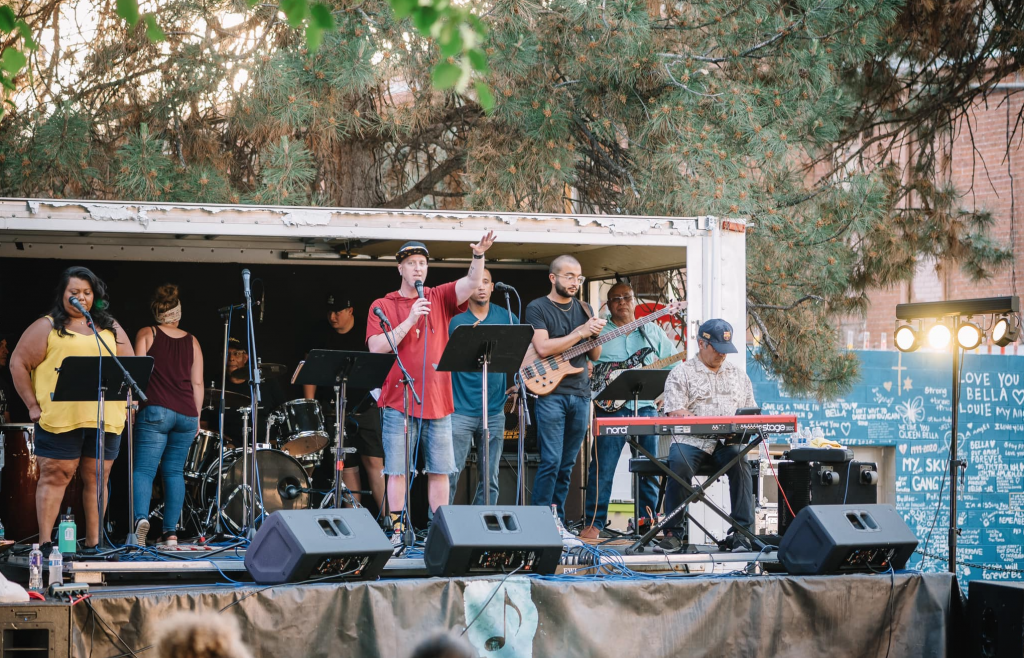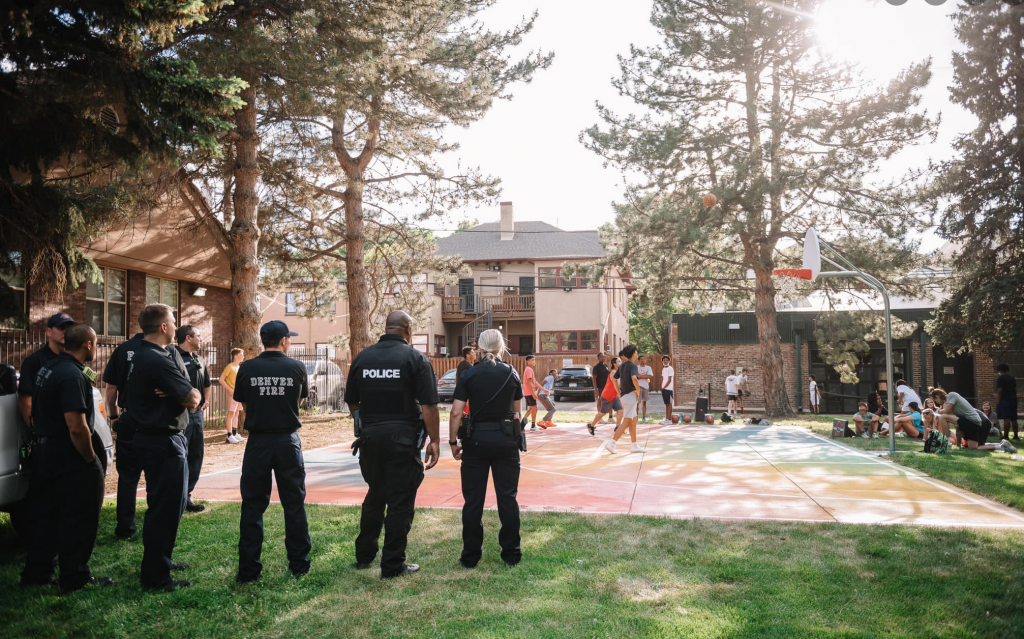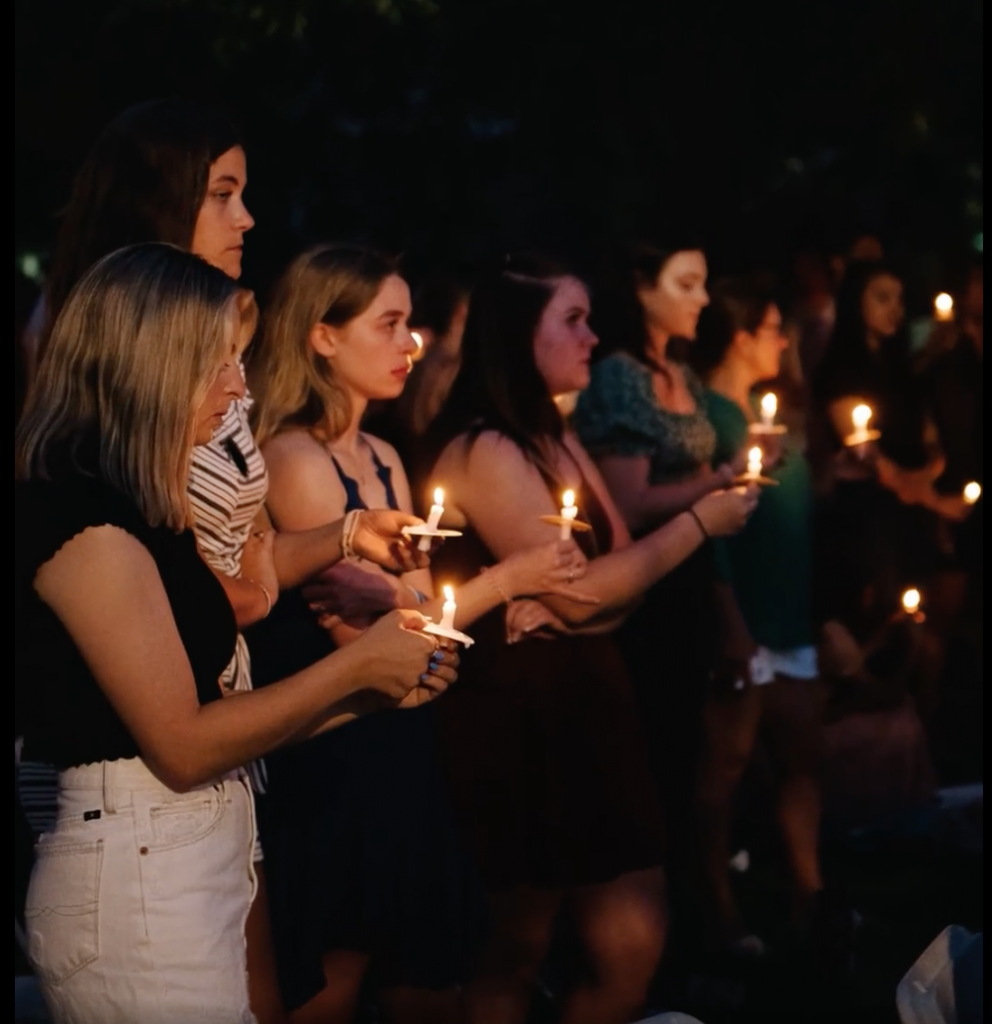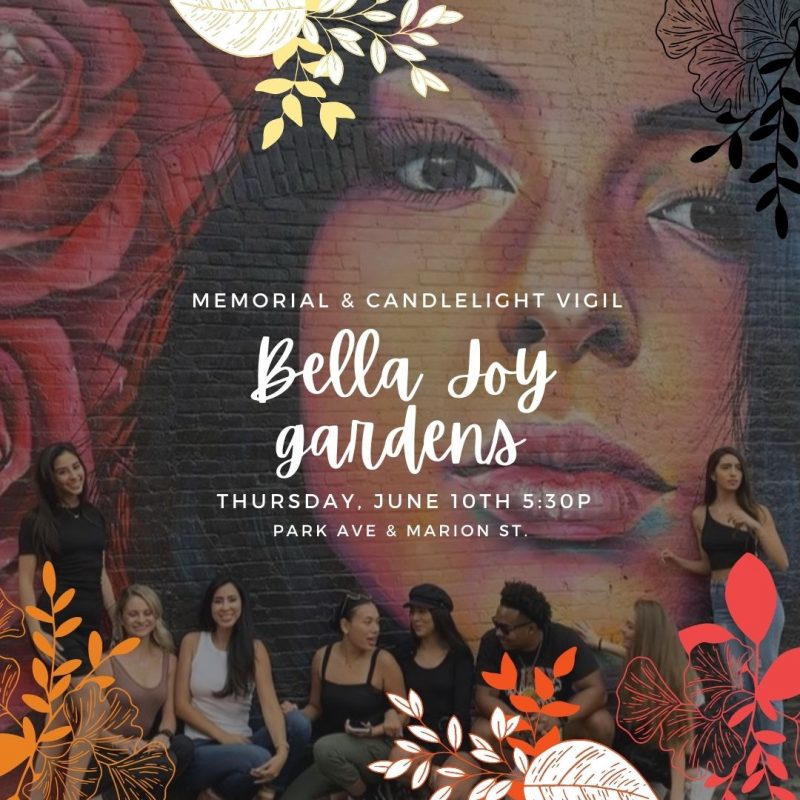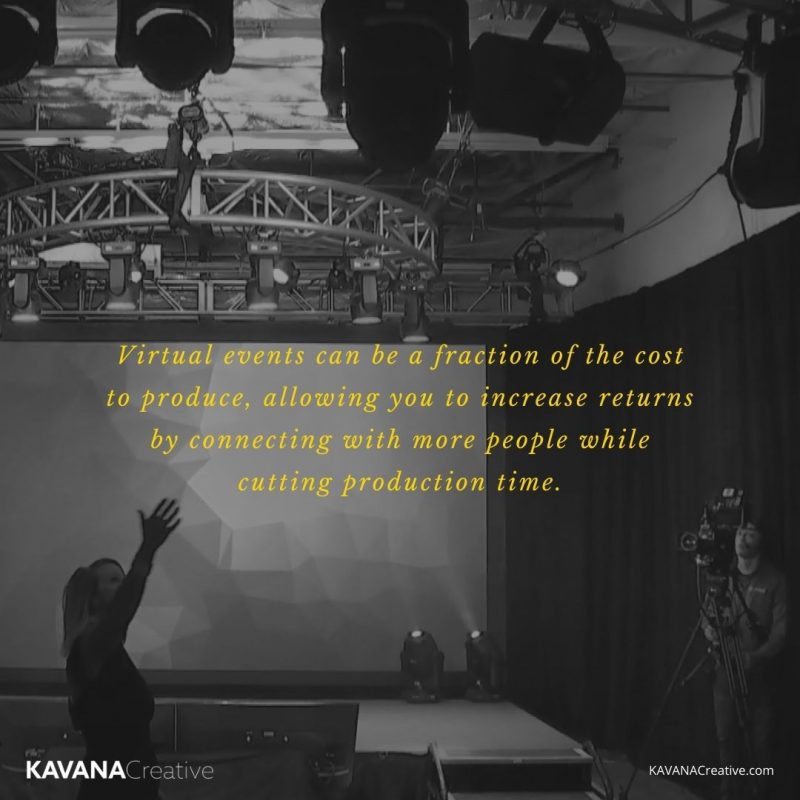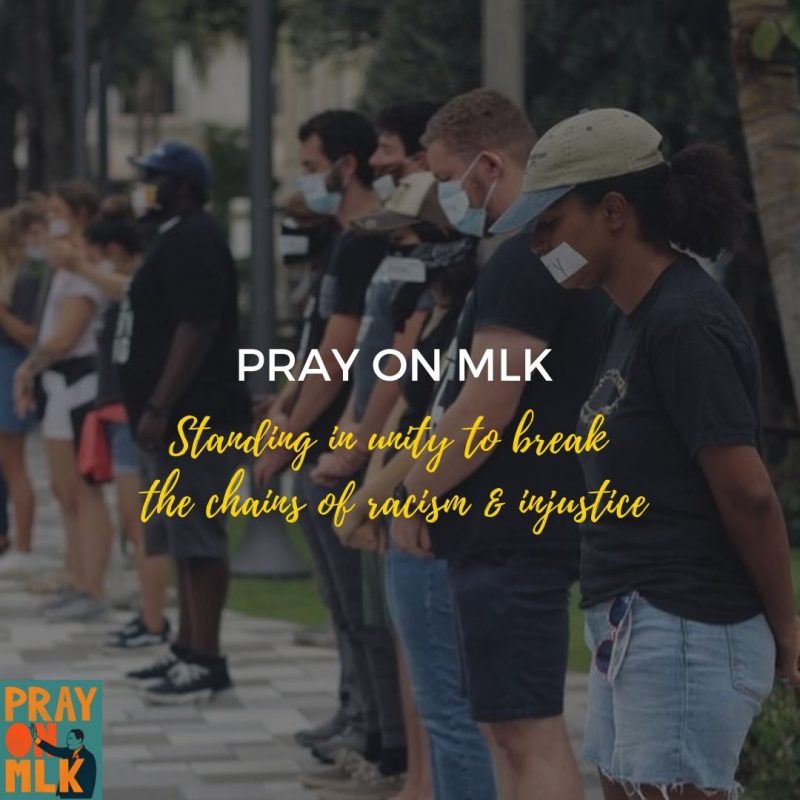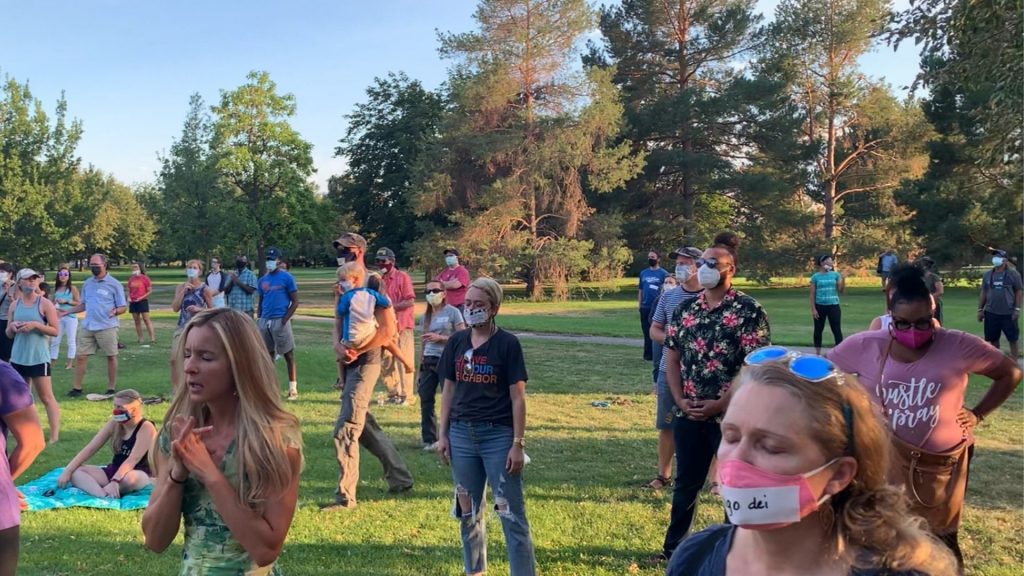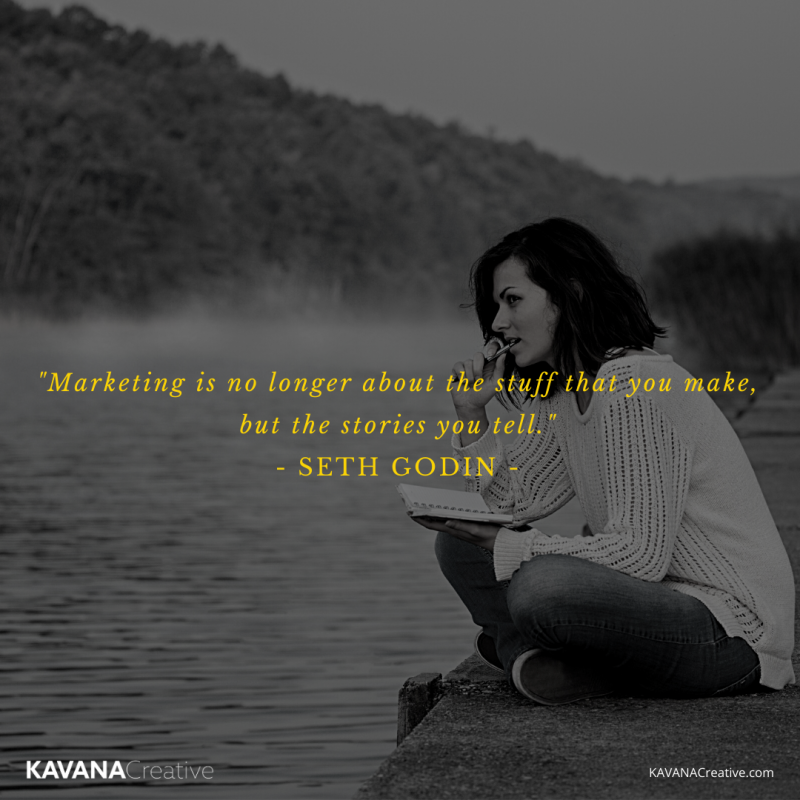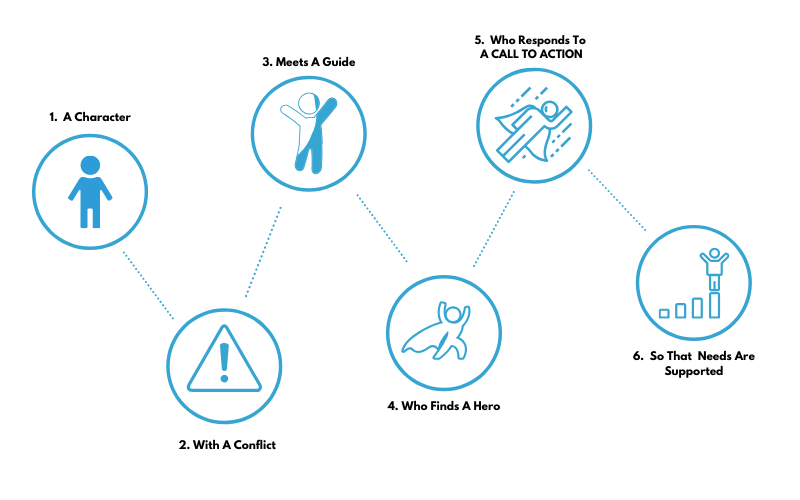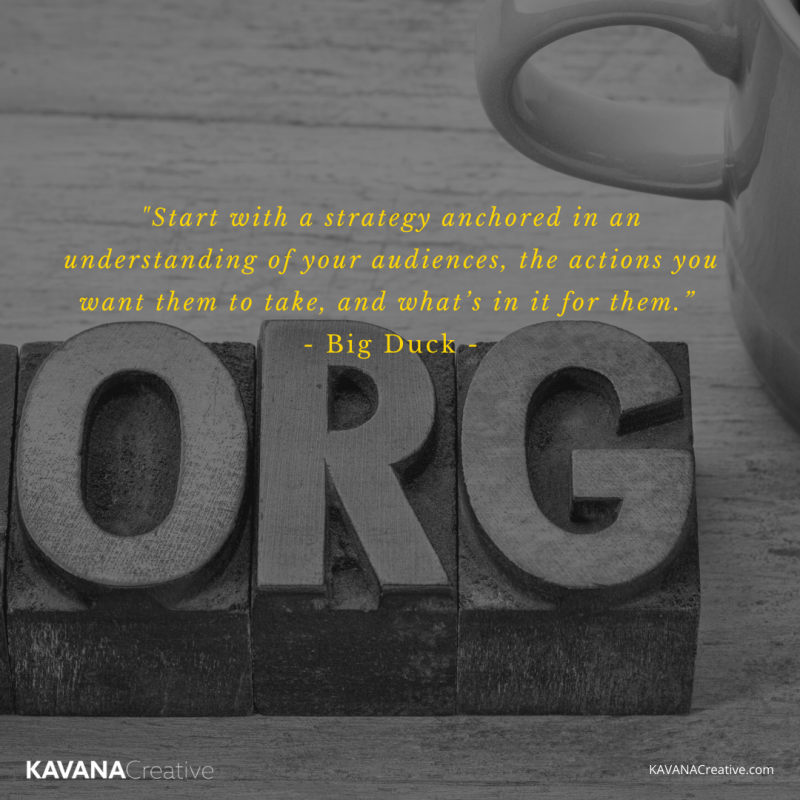It was an honor to stand with Ana Thallas to produce what became a beautiful memorial and celebration of her daughter whose life was taken by gun violence this past summer of 2020. Bella Joy Gardens is a park dedicated to her daughter Isabella Joy Thallas, a place of healing and hope for the community and to mourn loved ones lost to gun violence.
At this small park in the heart of Denver, we celebrated LIFE with food, fun, and friendship. We shared a time of remembrance, prayer, and a candlelight vigil to raise our light toward spreading healing and hope with our prayers and lives.
The evening included Food Trucks, Live Music, and a 3-on-3 Youth Basketball Tournament in partnership with Colorado Community Church, Church In The City-Beth Abraham, Denver Dream Center, Confluence Ministries, and Public Peace Initiative.

